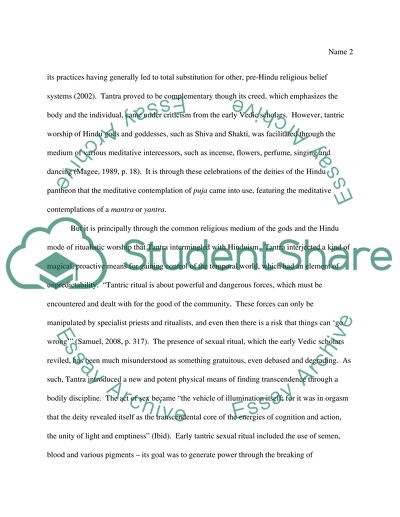Cite this document
(“Tantra and Hinduism: Shared Philosophy, Common Faith Essay”, n.d.)
Tantra and Hinduism: Shared Philosophy, Common Faith Essay. Retrieved from https://studentshare.org/religion-and-theology/1445581-discuss-how-tantra-incorporated-into-itself
Tantra and Hinduism: Shared Philosophy, Common Faith Essay. Retrieved from https://studentshare.org/religion-and-theology/1445581-discuss-how-tantra-incorporated-into-itself
(Tantra and Hinduism: Shared Philosophy, Common Faith Essay)
Tantra and Hinduism: Shared Philosophy, Common Faith Essay. https://studentshare.org/religion-and-theology/1445581-discuss-how-tantra-incorporated-into-itself.
Tantra and Hinduism: Shared Philosophy, Common Faith Essay. https://studentshare.org/religion-and-theology/1445581-discuss-how-tantra-incorporated-into-itself.
“Tantra and Hinduism: Shared Philosophy, Common Faith Essay”, n.d. https://studentshare.org/religion-and-theology/1445581-discuss-how-tantra-incorporated-into-itself.


